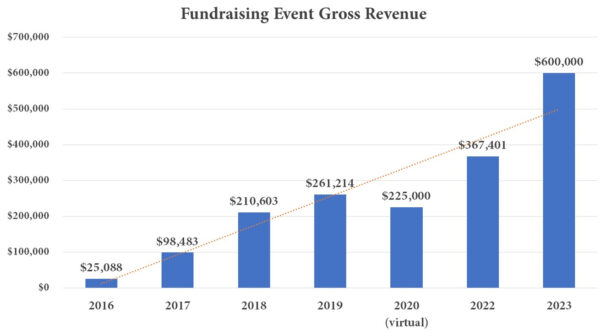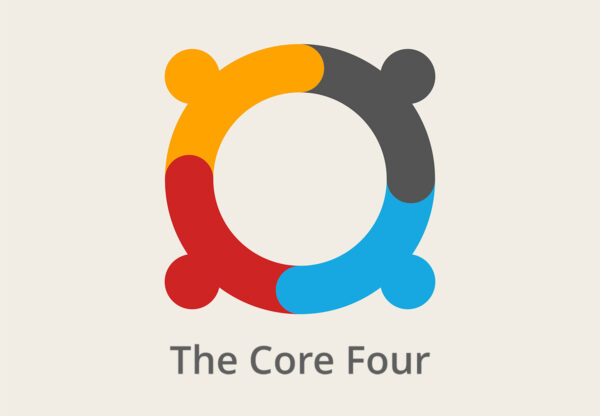“We want to raise more than 1 million dollars each year from our individual donors. What should we do?”
That, my friend, is a great question that more small nonprofits should be asking.
We were curious, so we looked at our clients that had broken the “raise $1mm in a year from individual donors” barrier.
This post shares the four strategies that had the largest effect. And how using all four strategies at the same time had a supercharging effect…
Optimized Events
They professionalized their events by having a tighter schedule, fewer people on stage, a tighter script, and left the “we have to convince people to give” thinking at home.
Perhaps most importantly, they changed their content strategy. The first thing they did was to figure out what the ask would be for, and then designed the content of the event to make the ask as powerful as possible.
They raised more money at the event, and their donors had a better time.
Strategic Major Donor Systems
They installed a proven system to manage their major donors.
Major donors were identified and ranked, relationships were cultivated, and the right amount of time was spent on the right donors.
The systematic approach retained more major donors year over year, and lifted more major donors to higher levels of giving.
More Donor Communications
They increased the amount of fundraising sent to individual donors beyond what they previously believed was possible.
They saw that they were not going to grow into a larger organization until they embraced one of the key behaviors of larger organizations: communicating more often.
And they started raising more money every year.
Segment Appropriate Messaging
They embraced the wisdom that different audiences should be communicated to differently. So they spoke differently to a Foundation, and differently in an email to individual donors, and differently to a long time major donor.
This caused consternation among staff, but the organizations started raising more money.
The Flywheel
Those four strategies work together like the proverbial “flywheel” to accelerate growth…
- Because the event is optimized, more people come back the next year, plus more people invite their friends. So there are more people at the event, and they tend to give more because the event is well constructed…
- The major donors are identified, and then systematically cultivated, so the organization has a growing major donor file…
- Because segment-appropriate messaging is used, each piece of fundraising raises more money because it’s relevant to that audience…
- Because there are more donor communications, the organization raises more and retains more donors…
- This leads to more donors going to the event… and the circle continues.
To show you what it looks like when it all comes together, here’s the event performance for an organization that we began serving in 2016:

Impressive, eh?
Virtuous Circle
Those are the “Core Four” strategies that, working together, create a self-reinforcing virtuous circle that helps organizations experience crazy growth.
Which of the Core Four could your organization improve at? If you’d like help, send an email to info@betterfundraising.com. Or go here to see how we help organizations like yours!









